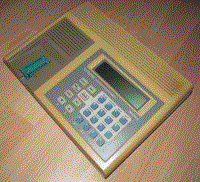 |
I've gotten this fine piece of vintage equipment sometime in 2014.
It's quite a remarkable little device that can read quite the variety of (EP)ROMs into it's buffer and write that into a other EPROM without needing an external Computer, heck you can even change the data in the buffer with the built-in user interface.
The features are:
I've gotten a lot of good use from it, mainly programming ROMs for my Model T Laptops and BIOSes for other computers.
But I put it into storage as the little TL866-II from China was just more capable, faster and easier to use.
It's still a good fallback incase I'll want to program some very old EPROM unsupported by the TL866.
 |
 |
 |
The left side has two rotary switches set the baud rate, parity and terminal mode on power up, which means that they can be changed from the user interface. The programming voltages can be set by adjusting the trimmers with an screwdriver and there are two holes with connectors that grip onto standard 2mm probes.
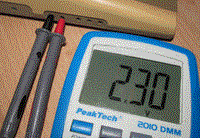 |
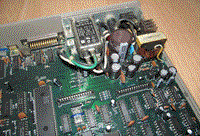 |
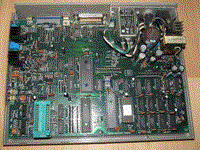 |
I'm not sure if 2.3V is correct but I've never bothered to mess with that as everything works great.
To measure VPP it is required to enable some DC-TEST in the menu and then 25V can be measured on the ZIF socket. Also the entire power supply is integrated on the mainboard and the big regulator gets very hot, so much that the case gotten an dark spot on the right side.
A dump of the D27512 EPROM can be downloaded here, it contains the firmware REV. D.
This *page* has REV. F (and manuals), you can tell by the EPROM sticker and the address 0x2001.
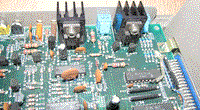 |
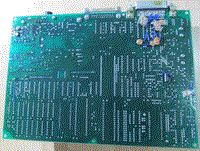 |
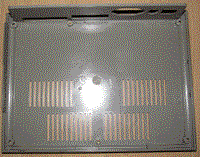 |
Properly heatsinked transistors and professional soldering of bodged in capacitors at the factory.
Yep, that's the typical build quality expected from such an device of that era.
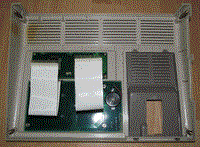 |
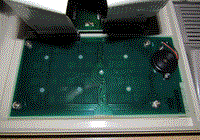 |
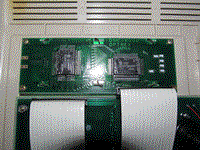 |
The LCD board looks quite generic to me, it wouldn't surprise if the same board was installed in products of other manufacturers. The Keypad board also holds the piezo speaker, which is louder than certain alarm clocks. Fortunately there's an option to turn it off but it always defaults to on power up.
The heat from the powersupply is so intense that the case is discolored from the inside.
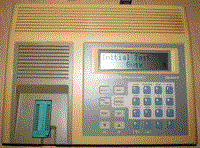 |
 |
A self test is run every time the unit is powered on like any good piece of lab equipment should which ends after 10 seconds or so with a LOUD beep and the firmware revision is shown on screen.
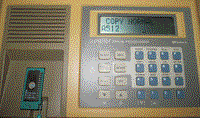 |
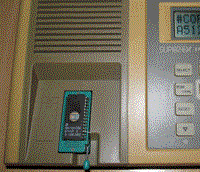 |
 |
The display shows the current action, in this case COPY for dumping the inserted ROM into the buffer, NORMAL shows that device is in standalone mode to be controlled with the keypad.
Lastly there's a 4 character code showing which type of EPROM has been set.
Bad pin contacts can also be detected which will be shown as an # on the upper left corner.
Dumping is done with great care, the read data is verified again and a 16-bit checksum is generated.
 |
 |
Pressing the arrow keys on the bottom left brings up the editor, 4 bytes are shown on screen and can be edited by simply using the hex numbered keys. The arrow keys can scroll one byte at the time.
It's of course possible to go to an specific location by inputting the address first before pressing the arrow keys.
The menu also has much more options and functions to set all kinds of things like disabling key-tones, alarm beeping, changing transmission formats and RS232 settings and a lot of ways to manipulate the data as well as performing a search and other bitwise operations.
|
I have no idea where this came from, neither for what it was originally used for. |